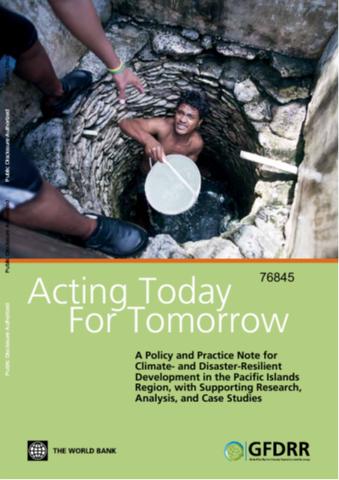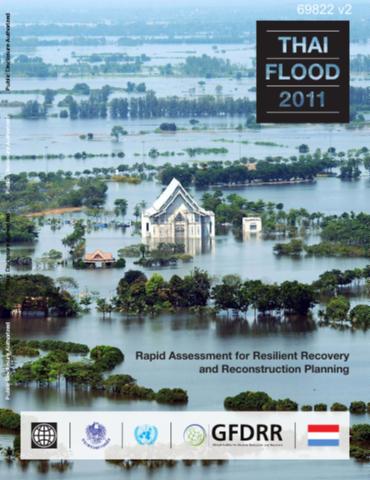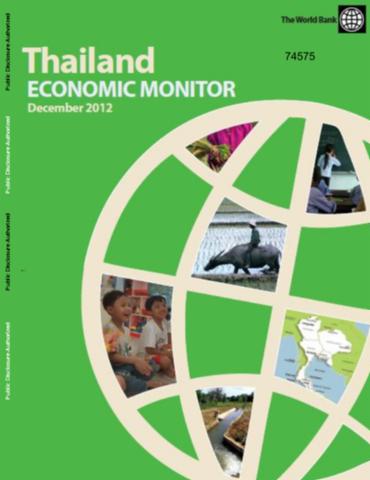hybrid method combining SOM-based clustering and object-based analysis for identifying land in good agricultural condition
Remotely sensed imagery is currently used as an efficient tool for agricultural management and monitoring. In addition, the use of remotely sensed imagery in Europe has been extended towards determination of the areas potentially eligible for the farmer subsidies under the Common Agricultural Policy (CAP), through interactive or automatic land cover identification.





